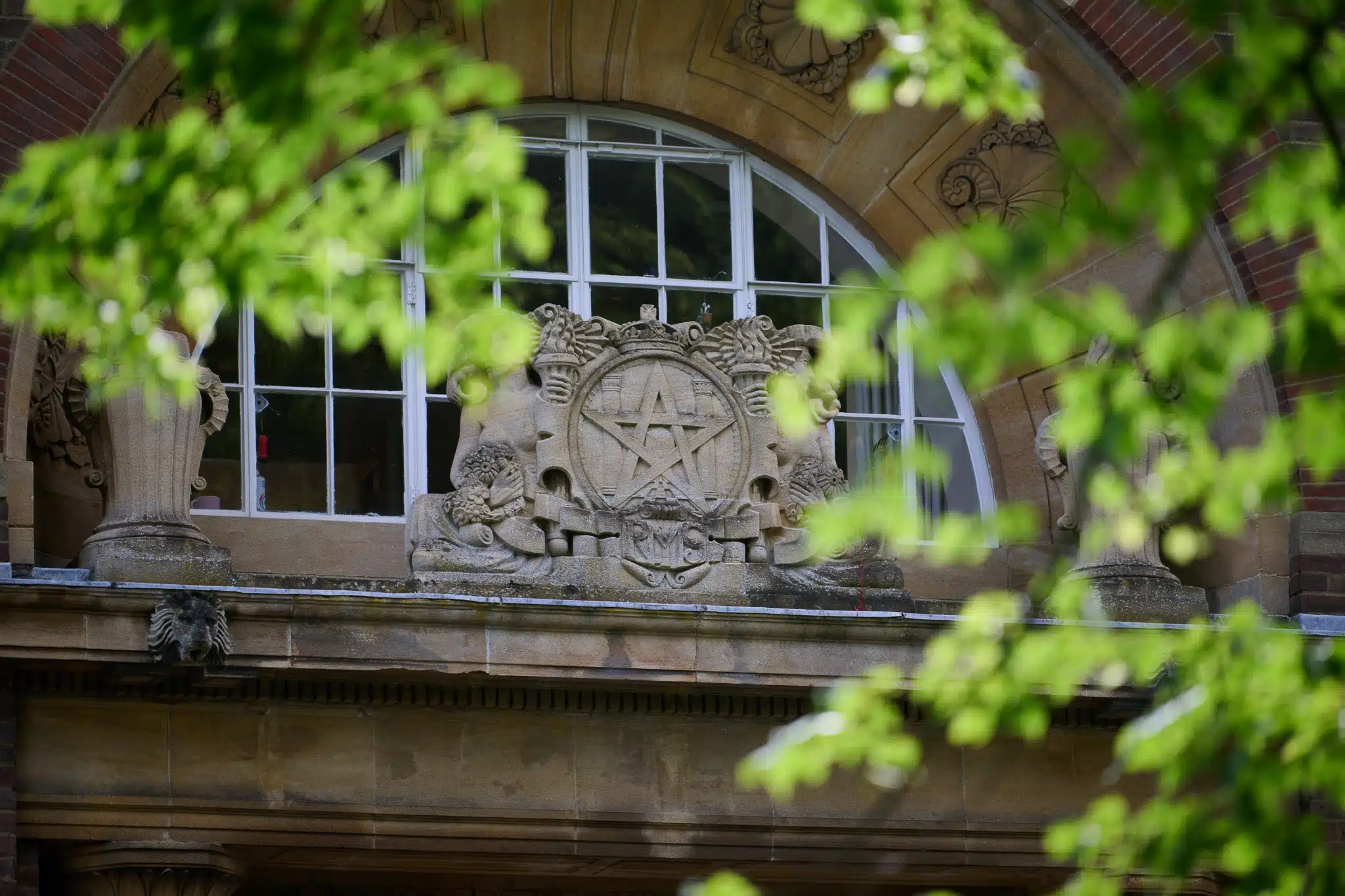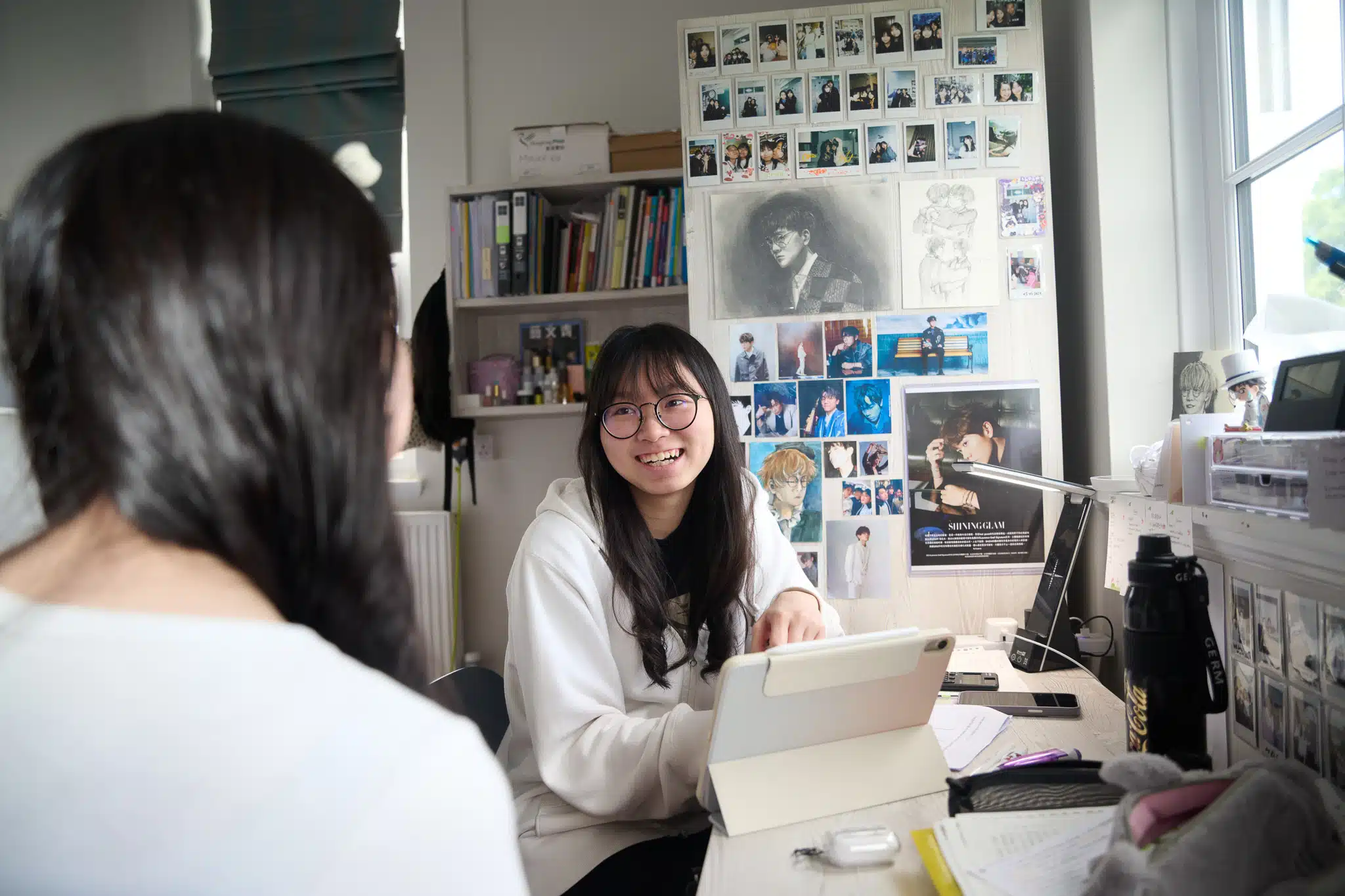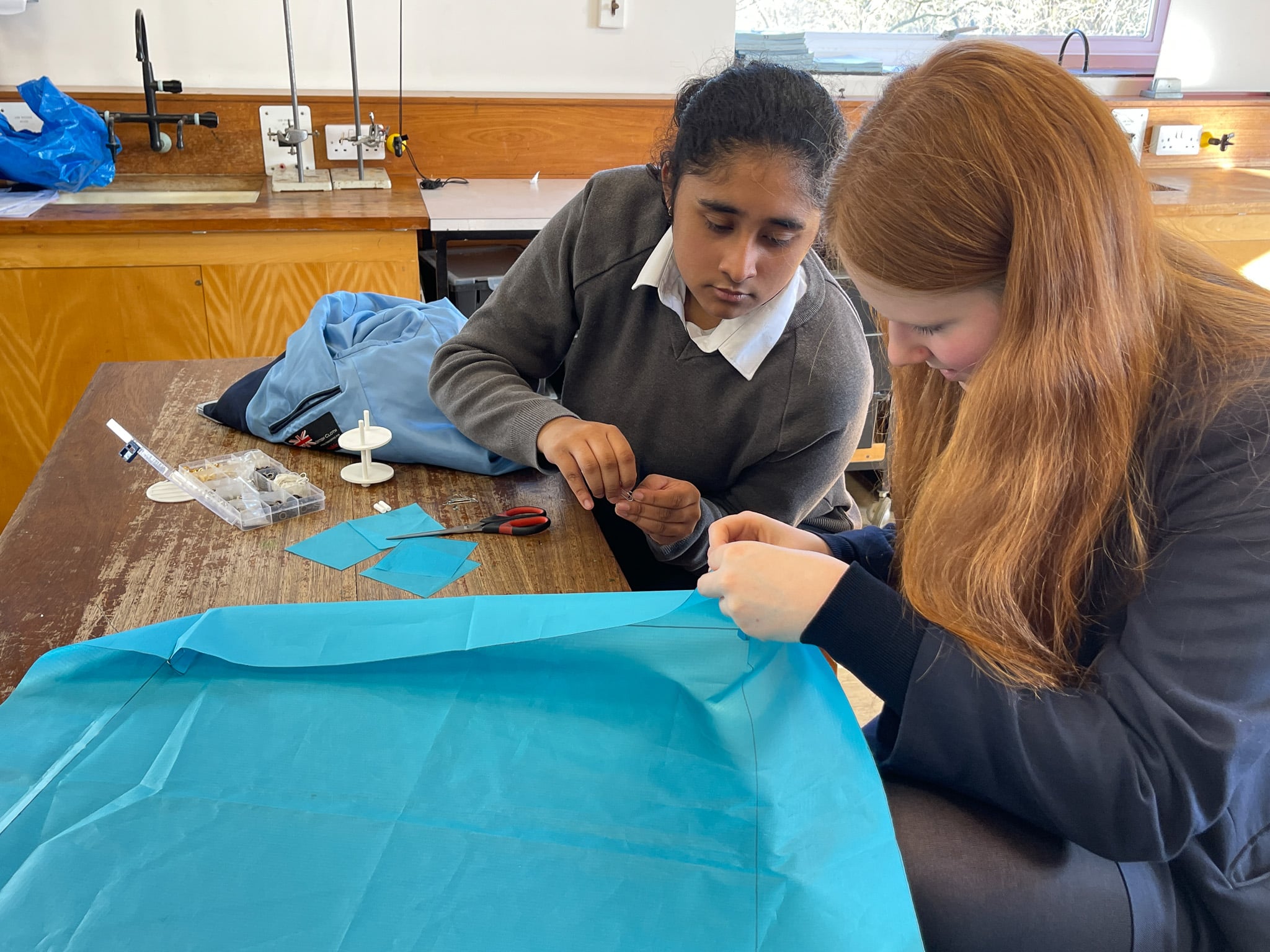Two teams from RMS are building momentum as they design, build and test their self-made mini satellites in preparation for the upcoming CanSat Regional Launch event.
The CanSat competition provides students with the opportunity to have practical experience working on a small-scale space project. They are tasked with designing and building their own simulation of a real satellite, integrated within the volume and shape of a soft drink can.
The challenge for students is to fit all the major subsystems found in a satellite, such as power, sensors and a communication system, into this minimal volume. After building their CanSat teams will be invited to launch events across the UK to launch their CanSats on small rockets, with their CanSats returning to Earth using a parachute designed by the students.
We’ll bring you updates from both of our Year 12 teams as their journeys progress. Recently, we caught up with Team Fireflies to find out how their project is coming along.
Can you describe the primary mission of your CanSat?
The primary mission, which every team must complete, is to monitor temperature and air pressure during the descent at every second. We will complete this through specific sensors which can transmit our data from high altitudes to an antenna which is a part of our ground station. This ground station will receive the data and display it on our computers in a graphical format.
What secondary mission has your team chosen for your CanSat project, and what inspired this choice?
Our secondary mission is to monitor wildfires to determine when it is safe to deploy rescue teams. We chose this as our mission due to the increase of wildfires that are occurring, due to climate change, which are affecting people more than ever.
Currently, no satellite is able to provide real-time data during wildfires, so we hope that our CanSat will serve a purpose in being able to do this
Our secondary mission will use many more sensors, to provide a more accurate analysis of dangers during wildfires, however, the sensors used for the primary mission will also be used for this secondary mission.
How has your team approached the challenge of fitting all the necessary subsystems into the limited volume and shape of a soft drink can? Have there been any significant design or engineering hurdles you’ve had to overcome?
For us, the biggest challenge has been how the can is going to open so that we can access the subsystems inside the can. Currently, we are looking at using a screw top lid as we think it will maximise space in the can. Another big issue is the spacing of the sensors in the can and making sure that they all will have access to the source that they need to collect the data.
Can you explain your team’s process for designing and testing the parachute to ensure a safe landing for your CanSat?
When designing the parachute we looked at how parachutes that are commercially available function, and have based our designs from that. To test the suitability of each of the different parachute designs, we made a mock can that we place masses into to simulate the weight of the can. We then drop the can off the sports hall balcony and see how long it takes to reach the ground. From that, we can then decide if this sized parachute is going to meet the speed of decent criteria which are 6-10m/s, and make any adjustments as needed.
How has your team been documenting your progress and findings throughout the competition, and what insights have you gained from this process so far?
Specifically for parachute testing and the can design, it is vital for us to take photos and notes at each step, and any design iterations, so that we can easily compile them together for the report. We have shared four separate documents (coding, can design, parachute design and overall research) which we continually update with any relevant information.
By having these documents, we have more than enough evidence of our progress to choose to include within the report. From the report writing process, we have learnt how to clearly convey complicated ideas in different forms (such as flow diagrams for coding) as well as summarising our findings in concise but detailed writing.
Have you had any test launches of your CanSat yet? What are your thoughts and feelings about seeing your CanSat launch into the sky after all of your hard work?
So far we have not had any launches of our CanSat yet, however, seeing the parachute testing is already making us excited for the regional launch.
On the day of our launch, we will all be feeling a large sense of accomplishment as, while this process has been fun, it has also been very challenging, and to see the work done in the different areas come together will be amazing
Thanks to Team Fireflies for sharing this update about their CanSat project. We’re excited to see how both teams progress throughout this competition.
Click here to read more about the efforts of RMS teams competition in last year’s CanSat competition.












